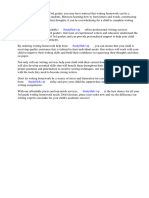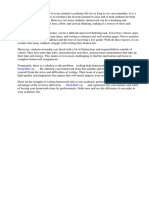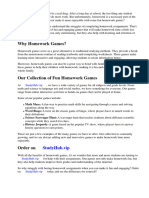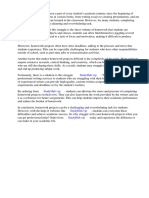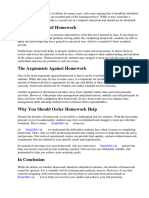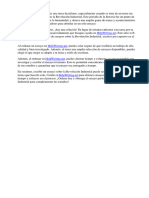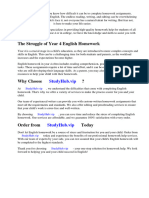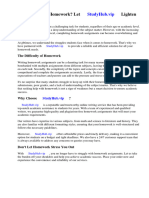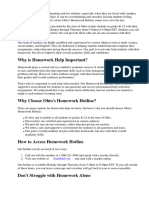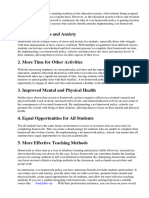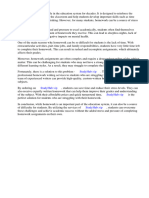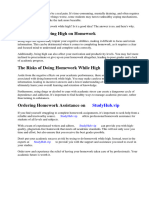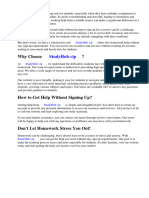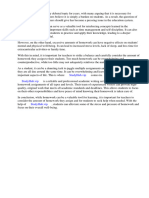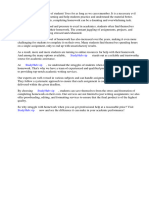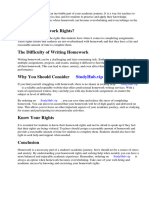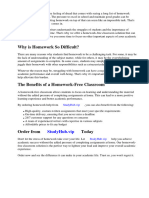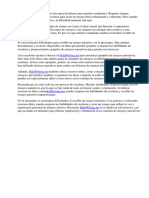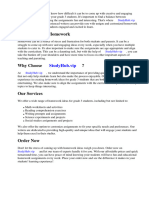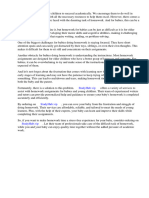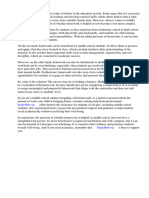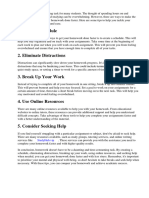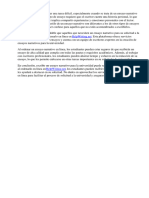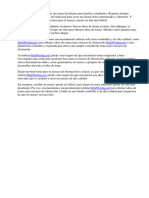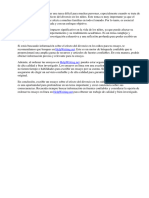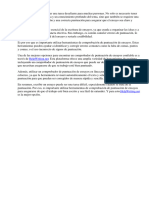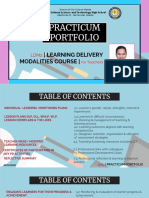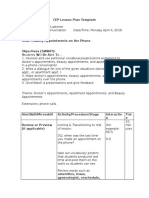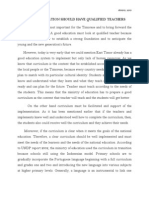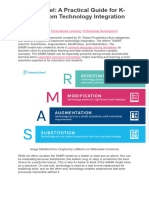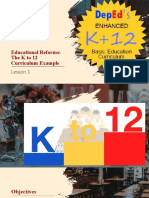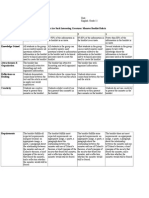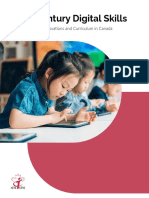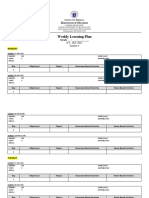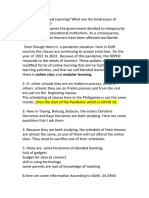Homework is an essential part of learning and it can be a challenging task for students.
However,
when it comes to reading workshop homework, the difficulty level can increase even more. Reading
workshop homework requires students to not only read but also analyze, comprehend, and respond
to the material. This can be a daunting task for many students, especially when they have multiple
assignments to complete.
As educators, we understand the struggles students face when it comes to completing their reading
workshop homework. It takes time, effort, and dedication to complete these assignments
successfully. We also understand that students have busy schedules and may not always have enough
time to complete their homework.
That's why we recommend using ⇒ StudyHub.vip ⇔ for all your reading workshop homework
needs. Our team of experienced writers can provide high-quality, custom-written homework that
meets all the requirements and helps you achieve academic success.
By ordering your reading workshop homework on ⇒ StudyHub.vip ⇔, you can save time and
reduce the stress of completing multiple assignments. Our writers are well-versed in various reading
workshop topics and can provide well-researched and original content for your homework.
Moreover, our services are affordable and we offer timely delivery to ensure that you never miss a
deadline. We also have a customer support team available 24/7 to address any queries or concerns
you may have.
Don't let the difficulty of reading workshop homework hold you back from achieving your academic
goals. Order your homework on ⇒ StudyHub.vip ⇔ and see the difference it can make in your
academic performance. Trust us to provide you with top-notch homework that will impress your
teachers and help you excel in your studies.
Thank you for choosing ⇒ StudyHub.vip ⇔ for your reading workshop homework needs. We look
forward to helping you succeed in your academic journey.
�Fountas and Gay Su Pinnell (2001), is an extended period each day where students participate in
authentic reading experiences, which target skills and strategies students need to develop as readers.
Over time, students will have the chance to explore many genres and types of text. To begin our
week we worked on confirming predictions. The repeated reading is an effective fluency strategy
that pairs well with paired reading. This station covers a language standard or the phonics skill for
the week. This book is key to understanding the underlying principals of reading workshop. If you
aren’t sure what to do with the information you have gathered, this quick video on Creating Fry
Word Stacks might be helpful. I made sure to remind my students to use transition words and details
from the text to support their idea. 4. Link to their independent daily reading and ongoing learning.
Sometimes, the questions we ask are not answered in the book we're reading, which has lead to some
great discussions about what we should do when we want to learn more about a topic (read more!).
It’s something that needs to be strategically planned in advance. For now, I was happy to see
students smiling while enjoying books, talking to each other about what they found, and being eager
to share a book that they found in the classroom that interested them in some way. This book is a
wonderful resource for teachers in grades 3-5. Here is what we did before we got started on Guided
Reading Workshop on this day. During the independent time, your students may be reading quietly
on their own and then writing a reading response or adding unknown words to their vocabulary list,
or they can be working on or participating in book clubs. First graders often need to be guided to see
this--to understand just how critical (and amazing!) it is to be a reader. Students keep a reader's
notebook and have sections for each component of reading workshop so that it is easy to look back
when they need to and also to stay organized. (You know how they love to stay organized, lol!).
Epic is a wonderful site to use as a resource if you have the technology available for students to use a
device to listen. They read to themselves quietly, with a whisper phone, with a partner, and then
when they are ready they can record themselves if you have devices available. This is THE reading
launch program I have been looking for so many years now. I struggled at first with conferring with
students. Other students came up with and wrote their own comparisons between the two stories. It
is a book that I will return to over and over again throughout the month when teaching strategies and
skills during my mini-lesson. Students then go off to their reading spots and get their book bins.
Reading Workshop can be one of those tricky curriculums to use in your classroom. It encourages
students to see themselves as readers and builds a community that values good literature and
thinking. Think simple! Maybe a post-it note response or an exit ticket. Good readers can sequence
events using a flowchart to show what happened at the beginning, middle, and end of the story.
There are an assortment of reading conferencing forms. I thought the same thing, but I figured out a
way to create such a resource. I allowed them to use the cards on the pocket chart to make the words
and then complete the form.
�I got started with the idea of reading workshop (I was already using writing workshop thanks to
some fabulous professional development) with this book. Sharing Circle will be a daily part of our
Reading Workshop. I made sure to remind my students to use transition words and details from the
text to support their idea. 4. Link to their independent daily reading and ongoing learning. Part of
generating student motivation for reading is helping them understand the purpose of it. My journey
took me from a basal reader to whole language to whole class books and ended with reading
workshop. They must also listen to themselves to hear their own fluent behaviors. On each page of
the book they wrote about what happened on each page in the story. I LOVE what I've seen so far
on your blog- it looks like we have a lot of the same styles and methods in teaching. I asked you to
write the first sentence for the sequence of the story. I wanted to also show you the kind of activities
I did this week with the kids at the teacher table. Not every student will share every day, since that
would be a quite a long process and a little too much sitting time!:-). But don't worry, with some
careful planning and organizing, it can all run smoothly and successfully. Since I want the focus to
be on reading (versus writing the whole time) I “challenge” my students to write one really good
thick question as they are reading. It’s something that needs to be strategically planned in advance.
Each student gets a yellow and black marker (use it to mark certain things when writing on our exit
slips or writing on post-it notes), post-it notes, pencil, eraser, and a craft stick to use for pointing to
each word. Over time, students will have the chance to explore many genres and types of text. I will
try to blog about our differentiated activities each week to help you out too if this is something you
want to try in your room. I have taught these lessons in both first and third grade. I tell my students
that while they are reading I will go around and listen to see if they are using blends to figure out
tricky words and get their mouths ready when reading them. I explain that The Gingerbread Man
Loose in the School will be our next mentor text that we will be referring back to over and over
again. This is exactly why I FINALLY created a reading homework system that would solve my
problems. Description Description This is the ultimate set of essentials for teaching reading with
lesson plans, posters, templates, bulletin board focus wall, and so many more teacher and student
printables. When they are complete, they know to start their independent reading. You cannot be
focused on your group, and your group cannot be focused on their reading, while you are distracted.
Sign up for our newsletter and we'll email you the exclusive password. You will find organizational
materials, ideas for reading minilessons, units of study and other resources to help you understand
the procedures. Once our classroom library nice and organized, I taught my students how to shop for
a just- right book. I use my anchor chart (below) to teach my students what thick questions are. Is it
not hysterical how this little girl to the left has her schema sticky notes stuck on with her headband
and barrettes. Grab a copy of The Gingerbread Man Loose in the School, by Laura Murray.
�Again, students were responsible for making sure their basket was clean and all the books were
facing the correct way. Any other suggestions for simple activities to take the place of independent
reading. Please help me continue to support the teaching of literacy around the world. To begin our
week we worked on confirming predictions. I feel very sorry for the students I had when I first
started teaching. After all, a major goal of the first grade curriculum is to help every student become
a capable and confident reader. All of my lessons are very detailed so you can leave it for a substitute
if you have to. Like I said before; we all read the same story this week but worked at a different level
on the comprehension concepts. Each day I pulled the forms for my targeted students and carried
them on a clipboard as I met. So the rest of the class' workshop needs to run as seamlessly as your
groups do to ensure that you and your group are left uninterrupted. They highlighted it, re-read them
poem together and then illustrated to show understanding of the poem. You always share wonderful
information.I can already see how I could tweak this for use with mt first graders. It includes mini-
lessons, anchor charts, graphic organizers and other resources that will be needed to get your
workshop going. This launching unit will help you create a structure and a set of procedures to help
keep your students engaged and on task. I think it is a great way for them to also see that I'm not just
walking around - I am busy too. It it difficult for me to get around to each student, so I use their exit
slips to check for student understanding. So, I have extra story response copies made for those extra
few minutes that some of the students may have. Then, I introduced station activities and we were
off. This site is best viewed in Google Chrome to access all the features. When they are complete,
they know to start their independent reading. Sharing Circle will be a daily part of our Reading
Workshop. It is a book that I will return to over and over again throughout the month when teaching
strategies and skills during my mini-lesson. Your reading groups will practice throughout the week
and on Friday they perform. Note that the Guides for each grade level are components in the Units
of Study that are included in each boxed set, however they are also offered as a separate purchase,
ideal for administrators and coaches. Instead, glitter, stickers, pictures and anything with a sparkle
was glued down for a new and improved, personalized!, reader’s notebook. This was already great
practice to gain the big idea of the page. Think simple! Maybe a post-it note response or an exit
ticket. Independent Reading Time: I remind students their focus during their independent reading
time: good readers ask questions while they are reading and refer back to the anchor chart. They had
to choose one event from the beginning, two from the middle and the last event in the story to
include on their sequencing cards. My journey took me from a basal reader to whole language to
whole class books and ended with reading workshop.
�Small group reading time is short and precious and you do not want to be interrupted. I LOVE what
I've seen so far on your blog- it looks like we have a lot of the same styles and methods in teaching.
At the teacher table students are getting direct reading instruction on a comprehension concept.
Some students sorted the cards and wrote the comparisons. By this point in the school year, the
students know that the expectation is to always write about what they are thinking as they are
reading. (They use their reader’s notebooks as mentioned earlier!) As the students are working
independently (again, not in centers!!), I am meeting with students for small group instruction.
Sitting in close proximity to me helps reduce behavior issues and also makes it easy for reading
partners to pair-share whenever needed. Do you have a favorite book about reading workshop not
listed here. I explain that The Gingerbread Man Loose in the School will be our next mentor text that
we will be referring back to over and over again. When a student's reading is choppy or halting, their
comprehension will pay the price. It might look a little different than the primary workshop but with
a little work, it will help you help your students love to read. The resources will be a good starting
point where you will be guided through different strategies for your students to use. You can see
what else is in the shop here or take a look at this resource in my TpT shop here. The share time
allows the teacher to assess how students used the mini-lesson strategy. For this reason, we create a
variety of materials to meet the needs of different classrooms. I love inspiring other elementary
teachers to implement new ideas, strategies, and lessons in their classroom. It is a book that I will
return to over and over again throughout the month when teaching strategies and skills during my
mini-lesson. They had to choose one event from the beginning, two from the middle and the last
event in the story to include on their sequencing cards. I then showed the next page and had them
turn to their partner to practice reading the blend word and using the blend to help them figure out
the tricky word. Some students cut and paste comparison cards like seen above. The next product is
my Note-taking Form for Conferring in Reader's Workshop. This book is a wonderful resource for
teachers in grades 3-5. One student writes their question on the anchor chart as well. Please help me
continue to support the teaching of literacy around the world. It is actually a great story so yes, I
used the basal this week but don't worry---only the story ha ha. She says looking at a picture to
figure out a word is “inefficient” and might not allow written words to get into a child’s long-term
memory ( Sold a Story transcript, Episode 6, page 5). Each unit of study contains mini-lessons,
anchor charts, graphic organizers and everything else you will need to help you get started. They
must also listen to themselves to hear their own fluent behaviors. The problem is that most resources
and curriculums out there are far from simple. I then begin by opening the book to the first page and
ask the students who has the picture of what represents the first event of the story- the ingredients
being mixed in a bowl. Is it not hysterical how this little girl to the left has her schema sticky notes
stuck on with her headband and barrettes.

